Cultural appropriation from an immigrant perspective
October 30, 2017 2019-02-06 11:33Cultural appropriation from an immigrant perspective
A couple of weeks ago, I attended a philosopher’s cafe discussion at the North Vancouver community arts council on cultural appreciation and cultural appropriation. It was a very interesting discussion and it raised a few questions for me, as an artist and as an immigrant from France.
I realize that most of these questions don’t have an easy answer but would be interested in reading your input in the comments.
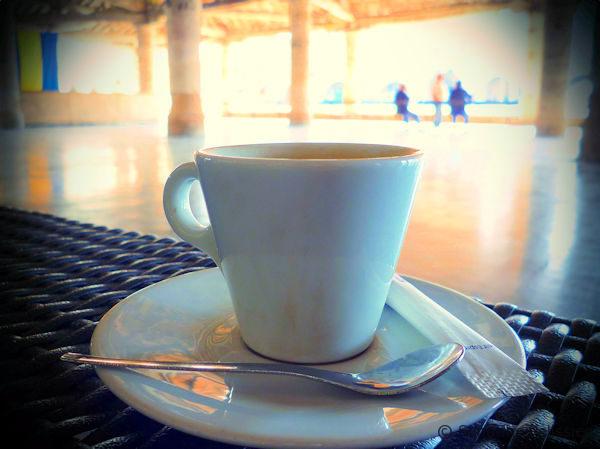
A little bit about me:
My husband and I moved to Vancouver from France about 18 years ago. As an immigrant, my cultural identity is a bit difficult to define : Here in Canada my children think I am embarrassingly soooo French and when I travel to France people tell me that I really became Canadian, that statement is usually preceded by a sigh of exasperation.
So I guess my culture lies somewhere in between French and Canadian cultures, Europe and North American influences. My ancestry is even more complex: My father was born in North Africa at the time Algeria was a French colony and my DNA testing reveled to me that I have about 1 % of Jewish ancestry, many ancestors in Sardegna, Spain and Northern Europe. What happens then is that as an artist, I am not deeply connected to a specific geographical location, I see myself as a citizen of the world , I will come back to that point later as I think the attachement to a particular territory is an essential element to understand when looking at most indigenous cultures.
It is also interesting that coming from France where French culture is predominant, I moved to a part of Canada where French is spoken by a minority. So I get to see a bit of both sides of that equation.
Over the years, many indigenous cultures and certainly native cultures here in Canada have been devalued, then exploited. Many artists have seen their designs stolen and used for monetary profit, without any benefit going back to the artists or to their community. All this in the Canadian historical context of the systemic abuse in residential schools, that in effect can be described as an attempt at cultural genocide makes it even more problematic. So the subject of cultural appropriation is very sensitive here and rightfully so.

Times are changing
Our global awareness and cultural sensibility to what is acceptable or not are evolving and we are becoming more educated as a society, both in Canada and in France. A few months ago I was looking on YouTube at some French stand up comedians that were hugely popular when I was growing up in the 70’s and 80’s . What a shock! Half of what I was watching with my 2017 eyes was totally inappropriate, racist or discriminatory and certainly not material to broadcast on national television. At the time, most French people would see it as humor, now it feels offensive. So I can see that our collective sensitivity and awareness as a society is evolving in the right direction. Popular culture is changing. I can also see the beginning of a political awakening in France where political figures start to discuss the not so grandiose aspect of some of French history, like intense colonization or collaboration with nazi Germany during the second world war.
The same goes on in Canada, where there is a broader realization of the huge damage done by residential schools and this awareness was necessary to start the long and difficult processus of reconciliation. The idea of systemic racism also is very much discussed in Quebec these last months.
The grey zone of appropriation
The subject of appropriation is very complex in art as art is not born into a vacuum but as the result of multiple influences, but I think everyone will agree that directly stealing an artist work, and any artist work for that matter is bad.
You might also be interested in : The fine line between inspiration and imitation
Of course some factors are making that theft even worse, for example when the artist is part of a cultural minority, when that minority has an history of exploitation or oppression or when the person stealing is making monetary profit from it. Another aggravating factor would be when the person stealing the work is in a position of power compared to the artist.
It is also obviously upsetting when the copies show a complete lack of knowledge of the culture they are appropriating, like the ridiculous way natives are portrayed in old Hollywood movies.
What I am struggling more with, is the grey areas, the questions that are not so obviously answered, basically the limit between cultural appreciation and appropriation.
For exemple, is that acceptable for me to enjoy another culture’s food, music, art style… as long as I do it for myself without trying to make money out of it?
I guess no one would think it is a problem for me to cook tacos or Vietnamese pho for my family at home but many would find it surprising if I decided to start a business and open a Mexican restaurant instead of a French one. But could I? or would it be disrespectful? Let’s say if I have a deep appreciation for Mexican food and that I took the time to study and practice it?
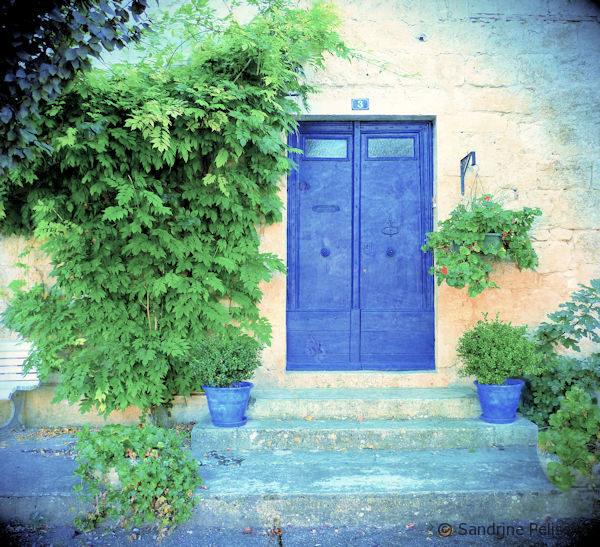
A lady at the philosopher’s cafe was talking about her choir. That is another interesting example: Is that ok for a choir to present a public repertoire of songs that are a sampling of different cultures? I think it is, as long as the authors get proper credit and the choir buys the partitions.
Someone in my husband family had a fascination for Japan and enjoyed painting in his spare time Japanese subjects in a Japanese style. It was for him and to give as gifts to his family, it was coming from a place of appreciation. I don’t think there should be any trouble with that. But would that be acceptable if someone was doing the same thing with first nations designs?
Another area that is difficult to assess sometimes for me is what can or cannot be used in my art. Let’s say I am a sketching artist and I sketch scenes everywhere I am travelling that I might sell. I don’t think it would be a problem for anyone if I was sketching the Eiffel tower,a Buddhist temple in Japan or a street in China town in Vancouver . But would that be a problem if I was sketching a room in the museum of anthropology with first nation art or if I was sketching the totem poles area of Stanley park?
Or if I was a photography artist, would it be acceptable to sell pictures of first nation art? The medium here is photography but the subject is the work of art from another artist in a public space. You could also argue that a Buddhist temple or the Eiffel tower are also works of art, but they are also part of a mainstream culture.
Could Emily Carr, who is a celebrated Canadian artist do the same paintings nowadays? (Many of her paintings are representing first nation art) or should we look at her as a woman of her time, a time when these issues were not regarded as being potentially problematic.
A few weeks ago, I was browsing Daiso, the Japanese toonie store in Richmond and was looking at French looking designs that were printed on dishes and various objects. The designs had a very strong French flair, there was some text in French but any French person would know right away that it was not a French person who made that design: The language was a bit inexact or the way things were said was weird, a bit like what you would get with a Google translation. As a French native, I feel more flattered than upset when I see things like that because it looks cute to me and I clearly see that as cultural appreciation. But then French culture is widely spread and doesn’t have an history of being exploited. If anything French has been on the other side of that equation as one of the colonizing countries.
But then I was thinking, by limiting access and use of one’s cultural elements, like language, traditional designs, food or traditions, doesn’t that by essence limits that culture transmission and its propagation, and puts it at greater risk of disappearing in the future? Cultures, languages, arts need to be practiced to flourish. If we restrict too much access to one’s culture or if it becomes too much of a sensitive subject, how will the artists of that culture be able to make a living? And how will that culture not disappear in the long term?
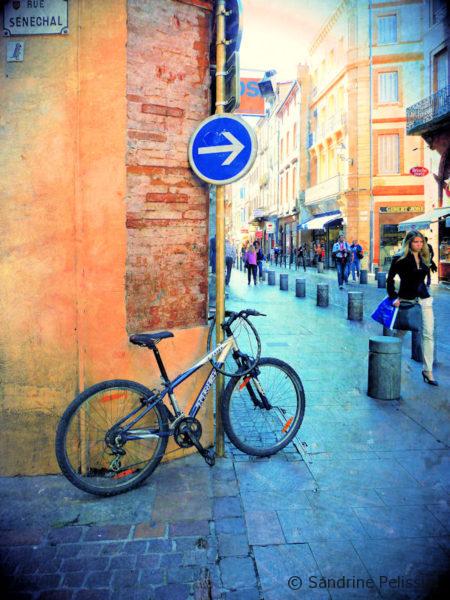
One last point that crossed my mind was about freedom of expression. As an artist originally from Europe with mixed ancestry, I don’t feel that I have to express myself in a particular style and I enjoy a wide arrays of possibilities about what I can do with my art. It is also part of my cultural upbringing. In France, personal style, self expression and uniqueness of style in art is valued more than let’s say technical skills. Pictural traditions that have very strong visual codes strike me a double edge sword. Yes it is as a rich cultural heritage, rich in history and meanings but it is also a limitation on how an artist can express himself visually. I guess one could argue that limitations are what makes creativity flourish but I am wondering : Can any artist develop his own style or will some artists be commercially successful only if they work in the style that is dictated by the geographical location of their upbringing?
Also how would you determine your right of defining yourself as being from a culture or another? Is it the place you are born and brought up? Is it your knowledge of that culture? Your integration in its community? Is it your ancestry? Many predict that in the future, we will all be of mixed races and maybe even the concept of race will be obsolete, so how would you define your cultural ancestry in that case? Will the culture of the future be somewhat globalized and ending up in a mix of various influences or will it keep geographical and cultural particularities?
I would like it if you could share your thoughts in the comments.


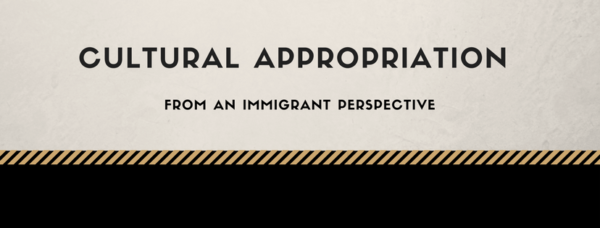
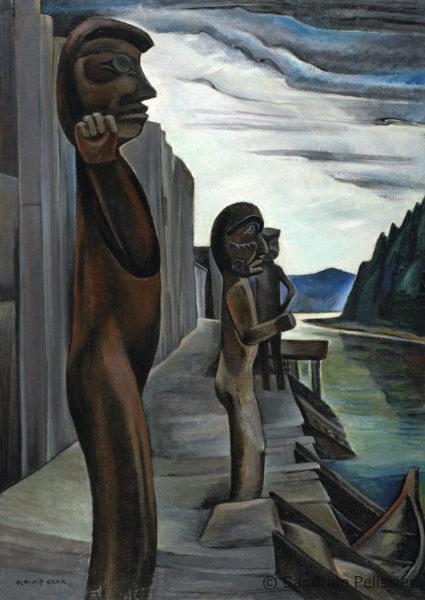
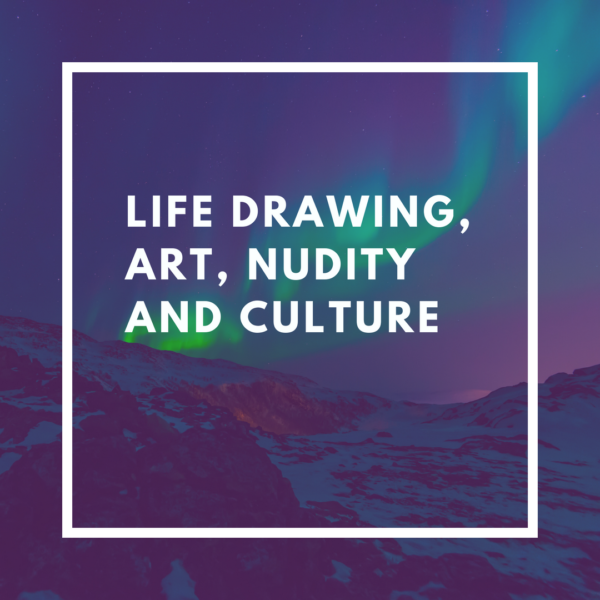
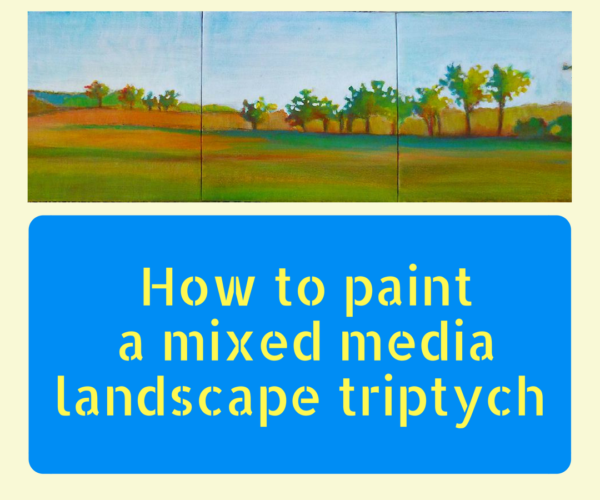



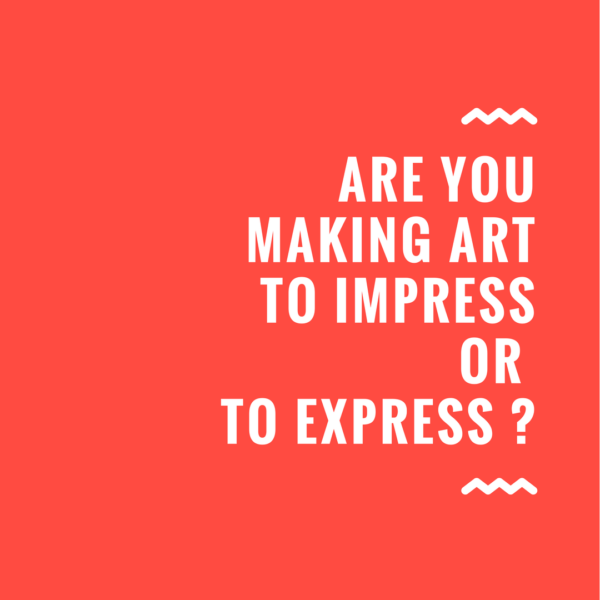
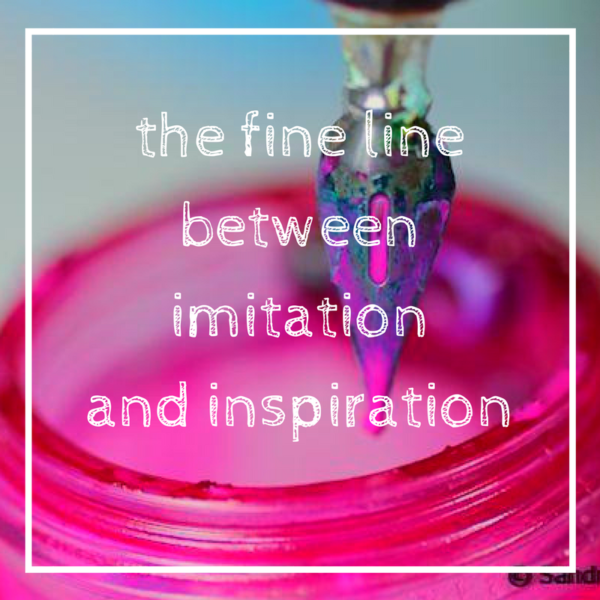


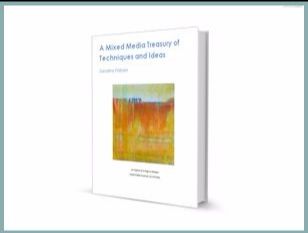

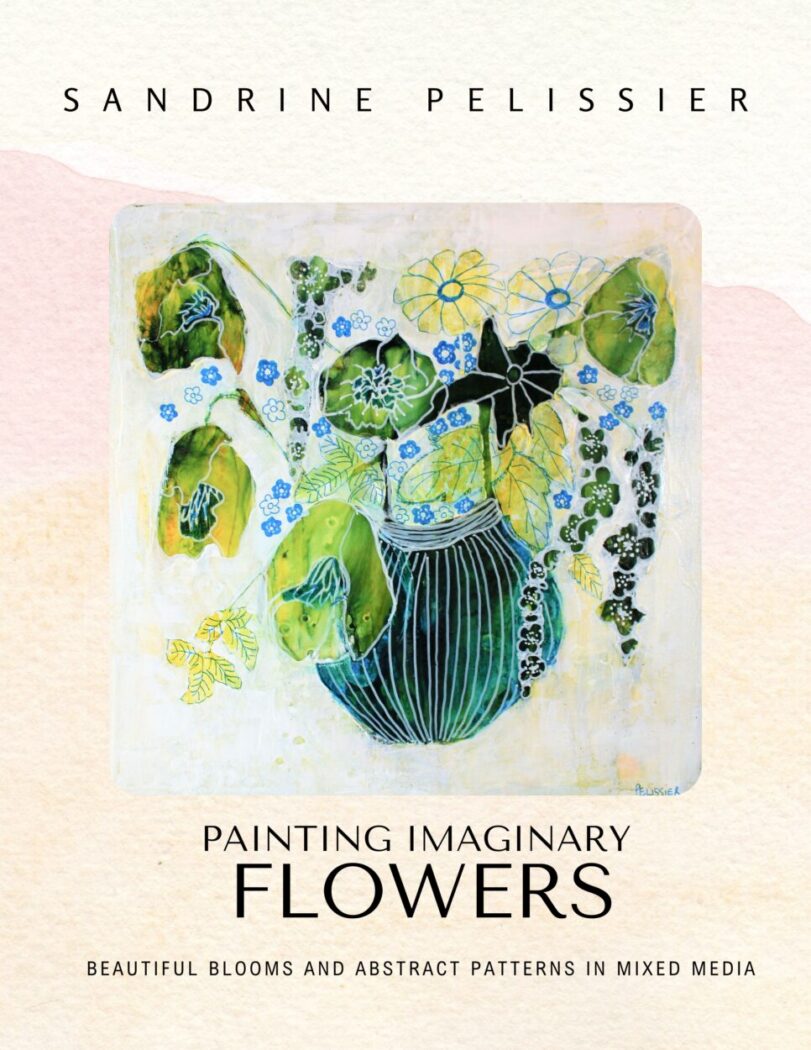
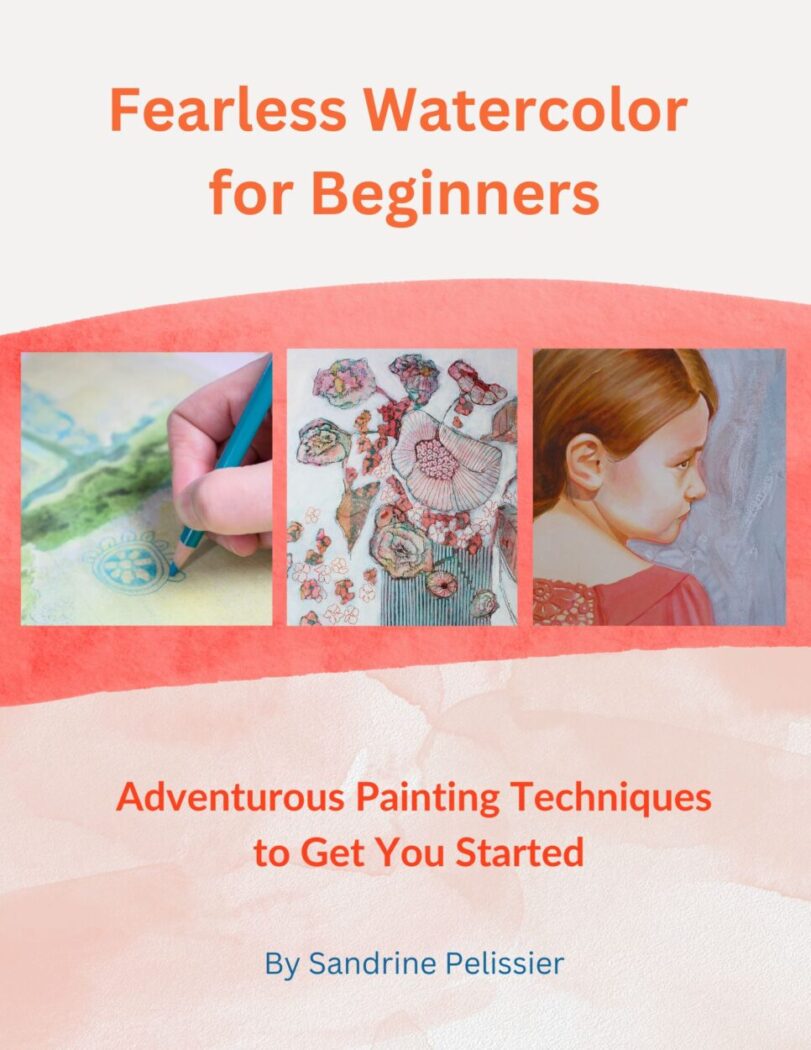

Comments (10)
Moanaroa Keri-Mei Zagrobelna
Kia ora Sandrine,
Thank you so much for the invitation to contribute to this discussion, as an indigenous Māori here in Aotearoa ( New Zealand) an art teacher and a cultural policy writer/advocate this topic is of key discussion and debate globally. New Zealand is already renowned for leading the way in terms of drafting the first Cultural Intellectual property rights documents and also the first Indigenous rights documents with the United Nations which are still currently being addressed on a number of levels.
I agree with Michelle above on her comments in terms of how we operate as indigenous peoples and art practitioners here and hope that this will give you some insight into our views and approach.
So, rather than add the same information I would just like to bring up other points of context in which could be considered, in response to some points in your post.
In terms of your Mexican restaurant comment – there are non-indigenous artists that have used our designs and faces. As an example – From my experience working in a gallery, one artist sought permission and the blessing from the whanau (family) to use this within his work and did extensive research. He travelled here from Australia, keeps in contact with the people involved and always makes sure they know his intentions and that the work is respectful. This is a demonstration of partnership, respect, and acknowledgment, and hence why he was most likely given this blessing and permission.
In response to your comment on Japanese art – I have already been in discussion with this with my Japanese artist colleagues and their opinion is that they were the colonizers of that country and therefore the dominating culture so perhaps do not have the same ancestral trauma that other non-indigenous cultures are still healing from. Therefore, it is a different type of discussion and you can not box one culture’s experience with another.
In response to this – “If we restrict too much access to one’s culture or if it becomes too much of a sensitive subject, how will the artists of that culture be able to make a living? And how will that culture not disappear in the long term?”
My opinion from an indigenous Māori point of view is that we do not need those from other cultures to come in and “save us” what we need is space to be allowed and created so that we can step in and do this for ourselves. By letting us take ownership of that we can then start work on the ancestral trama and the healing can begin, by taking this opportunity away only adds to the pain and also denies that opportunity to move forward.
Again it comes down to partnership, discussion, and mutual understanding from all parties.
I can only speak for myself and I can’t speak for my whole culture but I hope that this helps to add to this discussion and bring up key points of thinking and consideration as we all move forward into the future.
I look forward to hearing your response to both Michelle and myself’s comments and look forward to continuing this discussion,
Mauri ora,
Moanaroa
Sandrine Pelissier
Thanks Moanaroa for your comment. I enjoyed reading it and Michelle’s as well.
What resonated with me is your point: “we do not need those from other cultures to come in and “save us””. I think this is a very valid point. I came from the perspective that you would want a culture to gain visibility, understanding and reach as many people as possible so it can thrive but I agree with you, giving space to create and ownership where it belongs is a better place to start.
I also agree that you cannot think about all cultures in the same manner, where there has been trauma and colonization, the dynamics are changed and we should be mindful of that history. Japan like France were rich colonizing countries (France still has some territories in Polynesia for example), and cultural diffusion seem to go in parallels with economical power, so that is a very different situation.
Thanks to you and Michelle for taking the time to comment 🙂
Sandrine
Michelle Levy
Kia ora Sandrine,
As you point out there are many complexities to this issue. I will just respond to a couple of issues. From the perspective of an Indigenous woman from Aotearoa New Zealand, how we define ourselves as being Maaori is through what we call whakapapa – which essentially means our ancestral connections. If you whakapapa to ancestors who were Maori then you have the right to claim being part of that Indigenous group. Our worldview and epistemology prioritises relationality – connectedness with everything, including land, waters, mountains and the natural world. The extent of these connections are reflected in our language – whenua means both land and placenta (which is buried and returned to the land); hapuu means both sub-tribe and to be pregnant. In identifying ourselves we identify who we are in terms of our ancestral mountains and rivers – and these are considered living ancestors. In terms of the prediction that in the future the concept of race will disappear because of the mixing of ethnicities – this is a concept we would not entertain because it simply does not make sense to us and how we see our place in the world. It also makes no sense when we have fought, and continue to fight across all parts of society to retain our language and worldviews for those who will come after us.
In relation to the issue cultural appropriation, it is an issue we have grappled with for many many years. There are many papers written on this and the wider context of colonisation that cultural appropriation sits in, however from one simple point of view, one objection to cultural appropriation can relate to a lack of understanding of what is being appropriated – eg the meaning behind the artforms, shapes, symbols etc – because that meaning relates to our worldviews, our ways of understanding relationality, our ancestors, and our place in the world. Artforms are not simply visually pleasing shapes, lines, symbols and marks. Without an understanding of meaning, intent, purpose, worldview etc then our artforms can, and are routinely, used inappropriately.
The other question to consider which relates to the wider context is what are the motivations to use our artforms? If it is because they are visually appealing then why choose Indigenous artforms in isolation of knowing and understanding their full meaning within the context of Indigenous world views? Also when using Indigenous artforms is there an understanding of the broader context in which these sit? Ie are broader Indigenous agendas for self-determination overtly supported or is there only a taking of those elements of Indigeneity which are palatable or desirable? Being good allies is also part of the conversation.
ngaa mihi
Michelle
Nancy Harris
Sandrine, Thank you for sharing your thoughts on this subject. It seems to be almost a buzzword these days, and I have to admit that I struggle with what is appropriate or not. For example, I am a yoga instructor and believe me, there is a lot going on in the Western yoga world that can be categorized as cultural appropriation. When I was going through my various yoga trainings, many of the people in my classes wore malas, eastern-designed scarves, etc. It was almost like they felt it was a required uniform to look mysterious and different. All that said, as a western yoga teacher, I long to bring more ‘eastern’ influence and authenticity to yoga teachers and classes. I spend a majority of my time studying everything I can to gain more knowledge about what that might look like, so that I am hopefully helping more people understand the basic concepts, while still learning myself. So, I hope that I wouldn’t be considered to be appropriating, but I am really not sure. I just try to be as pure in my motives as I possibly can. Best to you!
Sandrine Pelissier
Yes, it is a complex subject. In your case, you are studying in depth something you admire from a different culture and applying it to your life with good intentions. In my mind, it is different than a superficial/fashion choice of yoga attire to look mysterious and different. Although we could also argue that if buying such attire from India, it could also help the local economy. I don’t have a simple answer to a complex problem, but I think that being respectful and acknowledging another culture knowledge is definitely a good first step.
Roberta Greengrave
Hello Sandrine: let me tell you my opinion as a canadian citizien/immigrant to BC, who has 100% Italian blood in her. Yes, the place where you come from and were raised in ( let’s say to the age of majority with or without university studies) is an integral part of who one becomes. Nobody can rightfully make appropriation of the culture in which one was born and raised in besides the person in question. For instance, although I have been living here since 2000 ( from the age of 29) I still feel my being Italian ( also called “ITALIANITY” In italian) wherever I go here in BC, to the point that I see myself as an alien to this culture ( meaning alienated from it) because of the way I think and feel. Yes, there is a lot of technicality in North American people’s approach to art, while i, for instance, take everything more philosophically and never lose sight of the universal value of things and of the visual elements of art, of what I say, of what I do , of how i express myself and how I exist ultimately. Could this be because I come from an ancient and complex culture ( the Latin one) who placed great value on ‘Universality’ in the classical meaning of the term, versus technicality? Yes, I think so. Cultural appropriation, however , is an entirely separated concept from the concept of culture in art and of what culture means in the realm of art. Art for me is a universal language and its value is universal, independently of where one comes from. At the same time art can also be local if intended in the heritage sense of the word, meaning that only an Italian can truly understand Italian Cultural heritage and only a Native and raised British Columbian can truly comprehend British Columbia heritage. For instance, Emily Carr’s approach would make sense in terms of her use of Nature and Wilderness in the evocative term to somebody raised here on the west coast, but not to somebody raised in Milan, because Natural Wildness is a typical west-coat Canadian experience. Conversely, art with a strong classical architectural influence would make no sense to a person raised in the wilderness, but it would make sense to a person born and raised in Rome, for instance. I believe that our origin, in term of physical location and cultural heritage/background is not something that can be artificially added to one’s personality or even learned from a book, but something that one is raised in and that defines a person from the inside, in terms of cultural identity and ‘blood identity’. Do you understand what I am trying to communicate? Culture is authentic only to the extent relative to the identity of the person who practices it. In this sense, you can call yourself truly French, and I can call myself truly Italian, like a person born and raised in this province can truly call herself British Columbian. It would not be appropriate, neither for you nor for me, to make an appropriation of the meaning of the terms British Columbian, in the sense that we cannot truly define ourselves as such. This is where the term ‘original’ comes from, from the world ORIGIN, meaning that only something original can be truly authentic. One’s origin determines one’s originality in a way. Did I confuse you more than you were before you made this inquiry? It’s possible, after all English is not my first language. See?
You can manage a so-called Mexican restaurant but you cannot define yourself as Mexican and make a personal appropriation of the term ‘Mexican’ in terms of personal identity. However, You can learn and practice Mexican cousin.
Did I make myself intelligible to you? It should be easy for you to understand what I am saying, since French and Italian culture have many similarities.
It’s like having a Chinese investor in Vancouver who is managing an Italian Restaurant. He may be practicing Italian cousin, but he cannot be called ‘Italian’ in the authentic sense of the term.
For instance, I have never seen or eaten a truly authentic Italian Pizza in Vancouver! I saw and ate things that resembled an Italian Pizza, but never truly saw or ate the authentic one, since I can only do that In Italy if it’s made by an Italian in the traditional Italian way. The difference is between inspiration and imitation.
Locality defines culture in a way. However the meaning of art is non-local.
Heritage contains artistic expressions. Artistic expressions acquire different meanings depending . on culture. Art involves diversity and culture is simply an expression of that diversity.
Diversity is cultural; culture implies diversity and the cultivation of differences.
Fine arts are the highest forms of culture.
Cultures are intimately connected with Art.
The only difference is that Culture is local and historical , while Art is a universal language across places and through History. Basically art makes culture universal.
It is so much fun playing with words and creating meaning.
Art makes life MEANINGFUL.
Inspiration without imitation creates that meaning.
Sandrine
Thanks Roberta for your comment, you have given me a lot to think about and it is fine if I am getting more and more confused 🙂 because I don’t think complex questions can have a simple answer and this is a very complex question.
Very interesting what you said about the word “original” coming from origin!
I am not sure I agree about art being the universal language, as you said yourself it is very intrinsically linked to a culture in place and time. The messages of art might be universal but the tools or the language we use in art to convey that message are cultural, specific and local.
It is interesting that you define yourself as 100% Italian still, you might see that if you travel back to Italy to visit, your Italian family will find you very North American now. This is what happened to me when I was going back to France: I was feeling very “French” in Canada but very “Canadian” in France. I think as emigrant we end up being something in between and I see that as something to be proud of, maybe it is easier to keep a form of critical thinking towards your culture of origin and your culture of adoption by being somewhat in between.
Thanks for your insights 🙂
Roberta Greengrave
What I meant in terms of the universality of art is this: if you rescind the cultural component from a particular piece of art and abstract the message, that message becomes universal. Example: LA PIETA” of Michelangelo Buonarroti. Yes, it was made by an Italian in Italy but it also communicates the feeling of sorrow of the mother for the death of her son. It communicates the universality of unconditional love that the mother has for the child ( or should have– exceptions granted — with all these psychopaths around, one never knows !).
Rescind the cultural component in a painting of tress from Emily Carr and you have the healing power of nature in general ( I am specifically thinking of her dancing trees). Art is made with elements that are cultural and local, but the message of art is universal. Even If i make a portrait of myself: It is me as Roberta or i could represent a human being who struggles with her identity as an artist. It’s just a matter of Interpretation. The Cultural component is not always evident in a work of art. Should it be? That is arguable. I am 100% Italian, but I am also a Citizen of the world. I simply happen to be living in Canada and to be graced with all the rights and duties of Canadian Citizenship. I would never define myself as Canadian besides for my legal rights and duties as a Citizen of this country. I even refuse to speak Canadian without my typical accent and it’s not that I couldn’t. It’s interesting to observe that very few people would guess that I am in fact from Italy and was raised and lived there till age 29.
Hagit
Thank you so much for sharing your thoughts, is was a very interesting read, with lots to think about. My parents were immigrants, and my family and I are now living in the States, who knows for how long. Self identity is something I think about all the time, including language and culture, and what type of identity I’m giving my kids. However, I am currently reading the autobiography of Vivienne Verdier, French artist who studied art in China, and it’s very interesting in these aspects, I think you’ll find it interesting, if you haven’t already read it 🙂
Sandrine
Thanks Hagit, I will look that book up.
When I google “Vivienne Verdier”, I get results for “Fabienne Verdier” , are they the same artist?